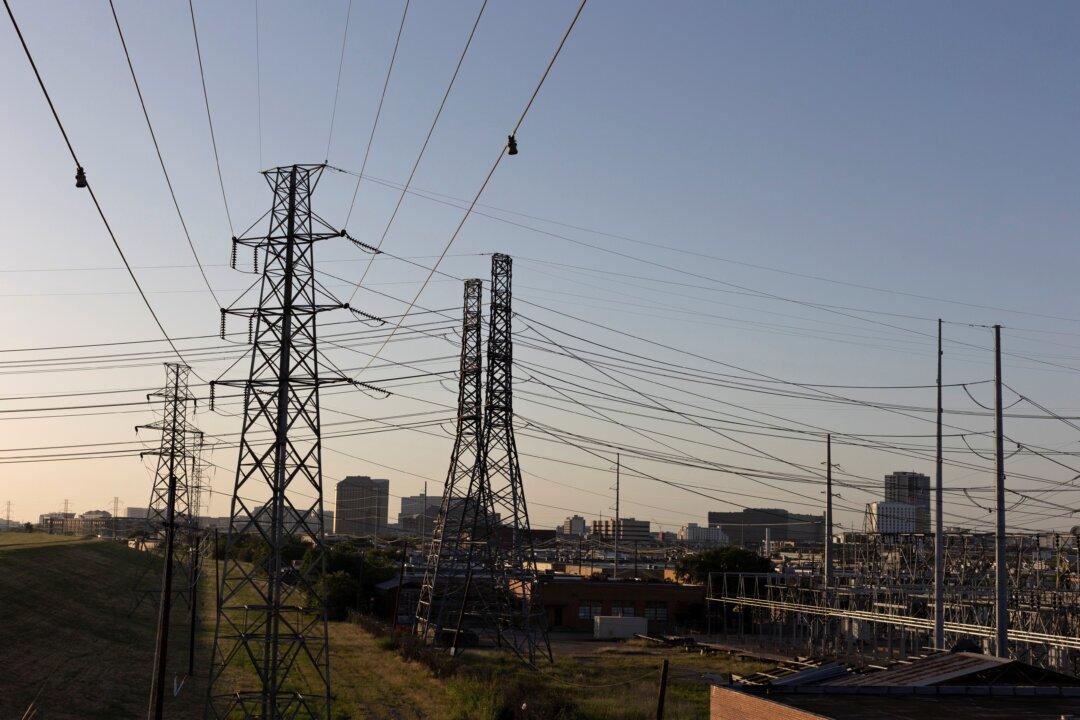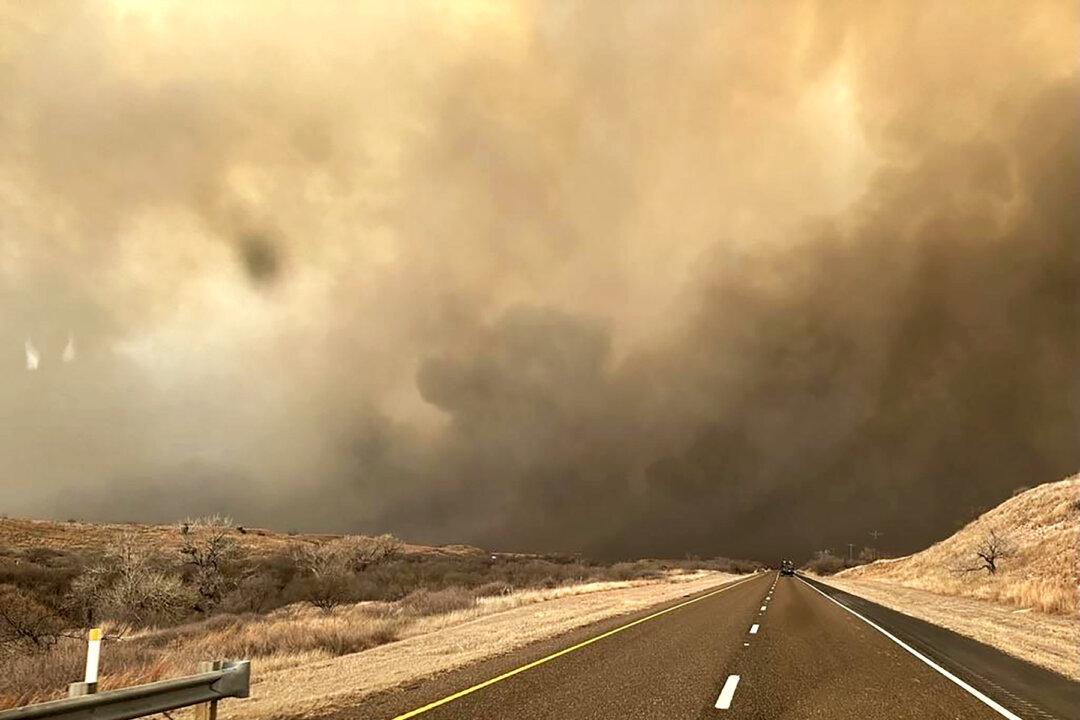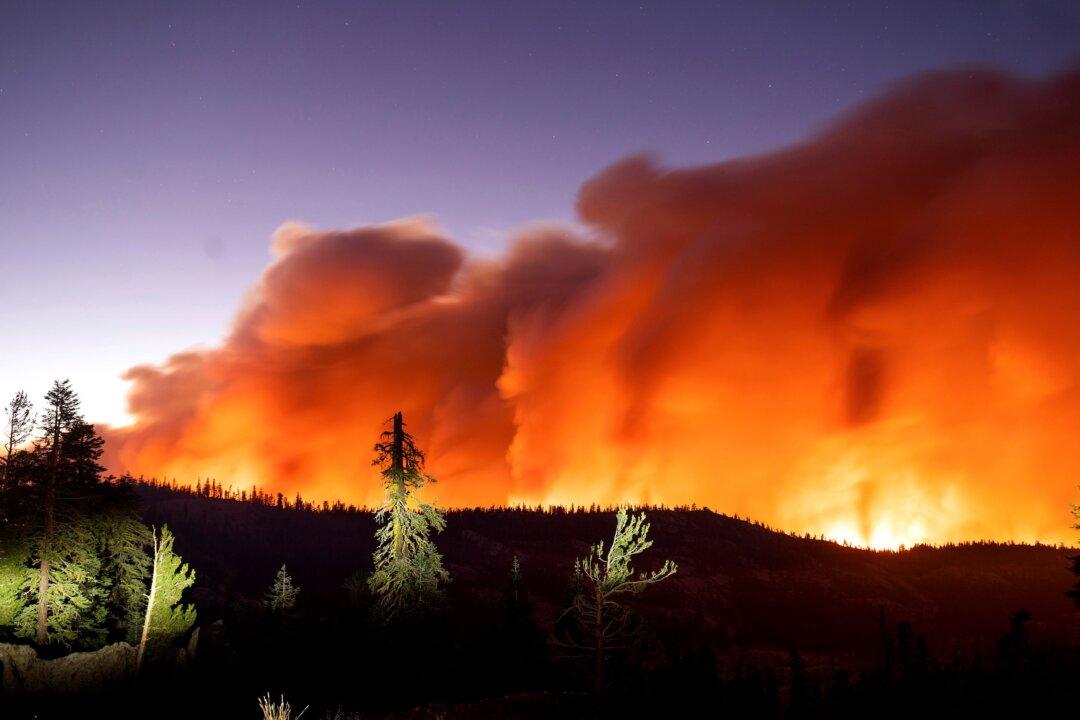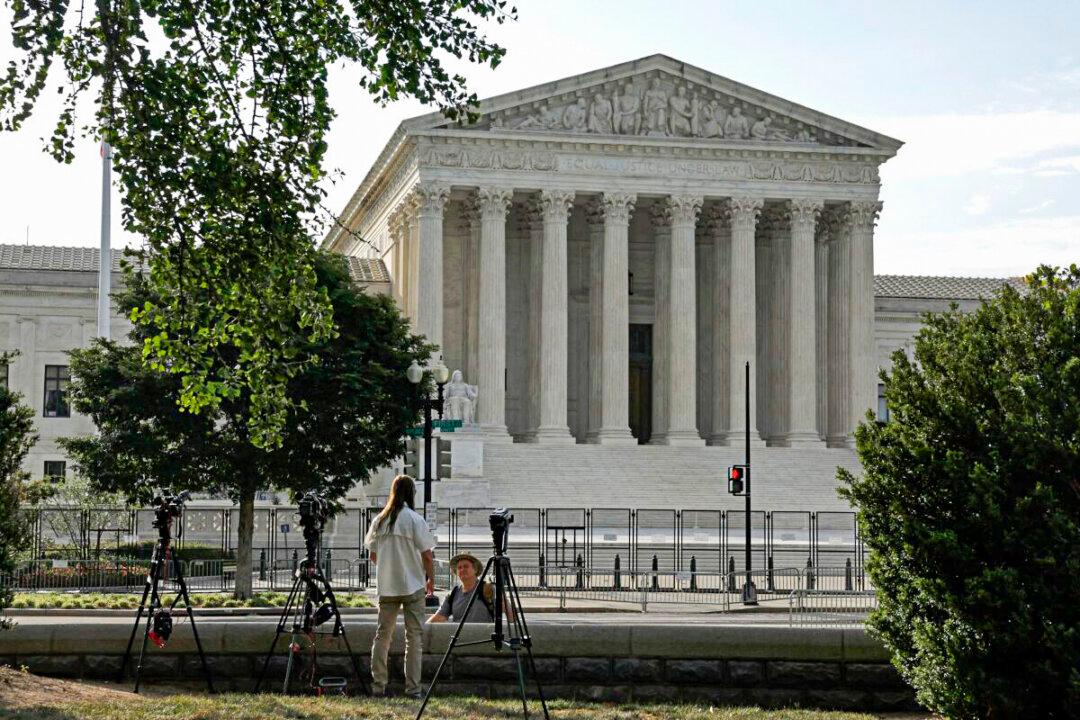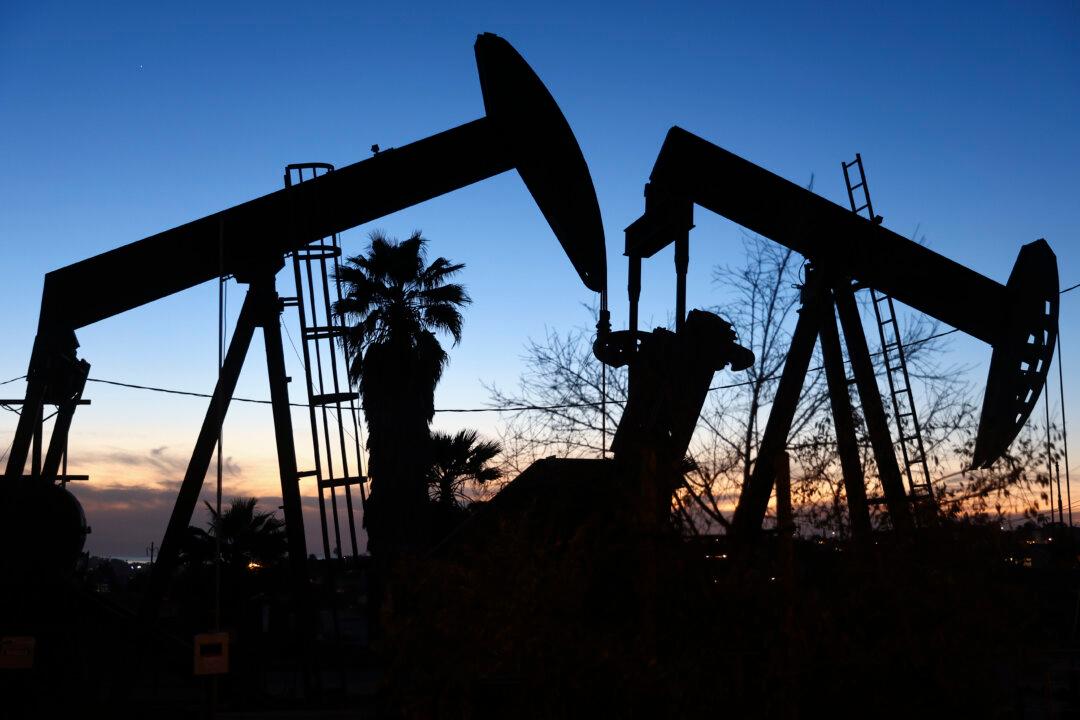Commentary
The manager of the vast majority of Texas’s power grid, the Electric Reliability Council of Texas (ERCOT), sent out multiple “voluntary conservation notice(s)” this summer—more than I can ever remember, and I’m a native Texan, having lived here for 53 of my 60 years on Earth.
